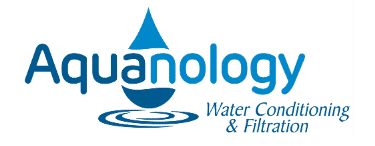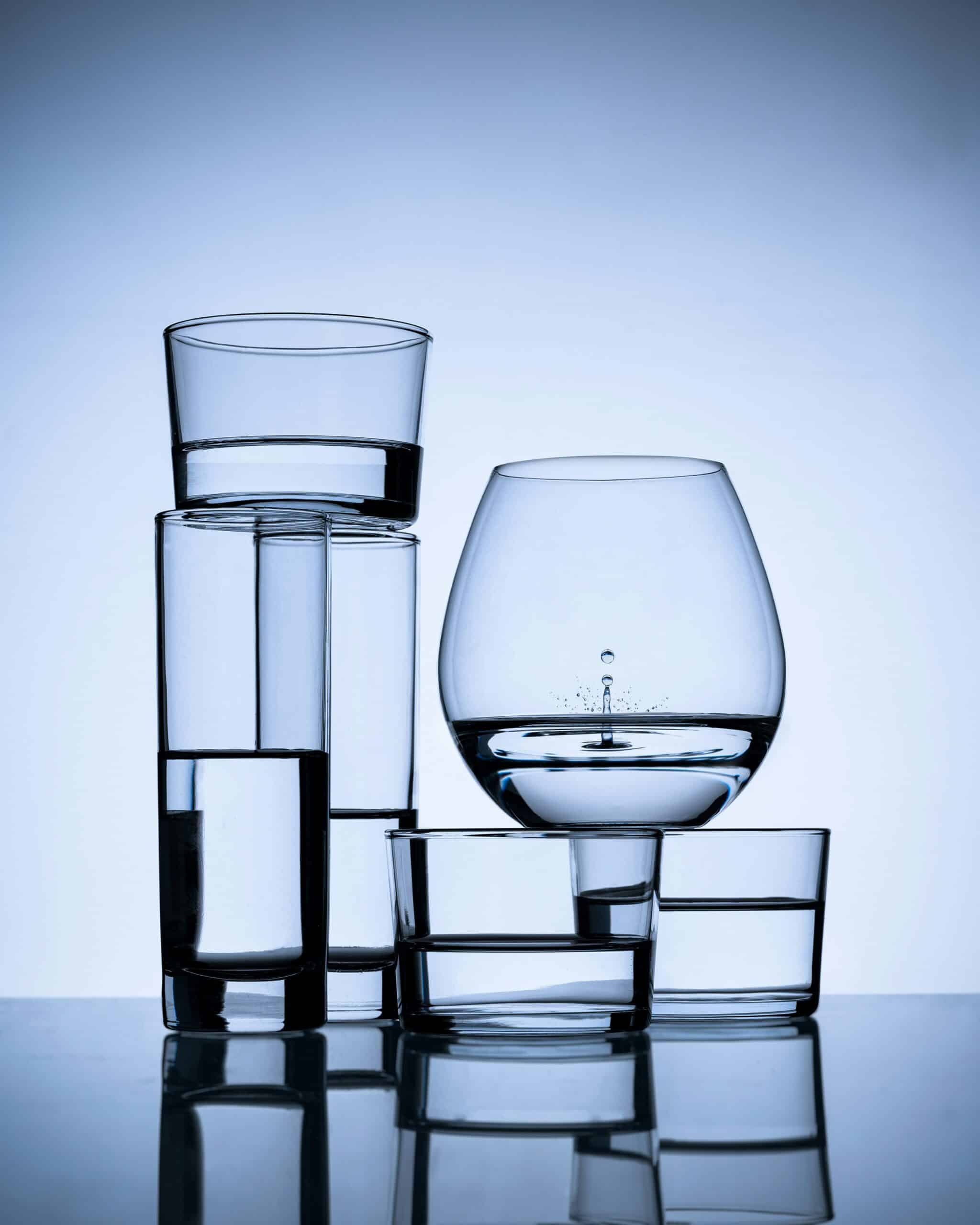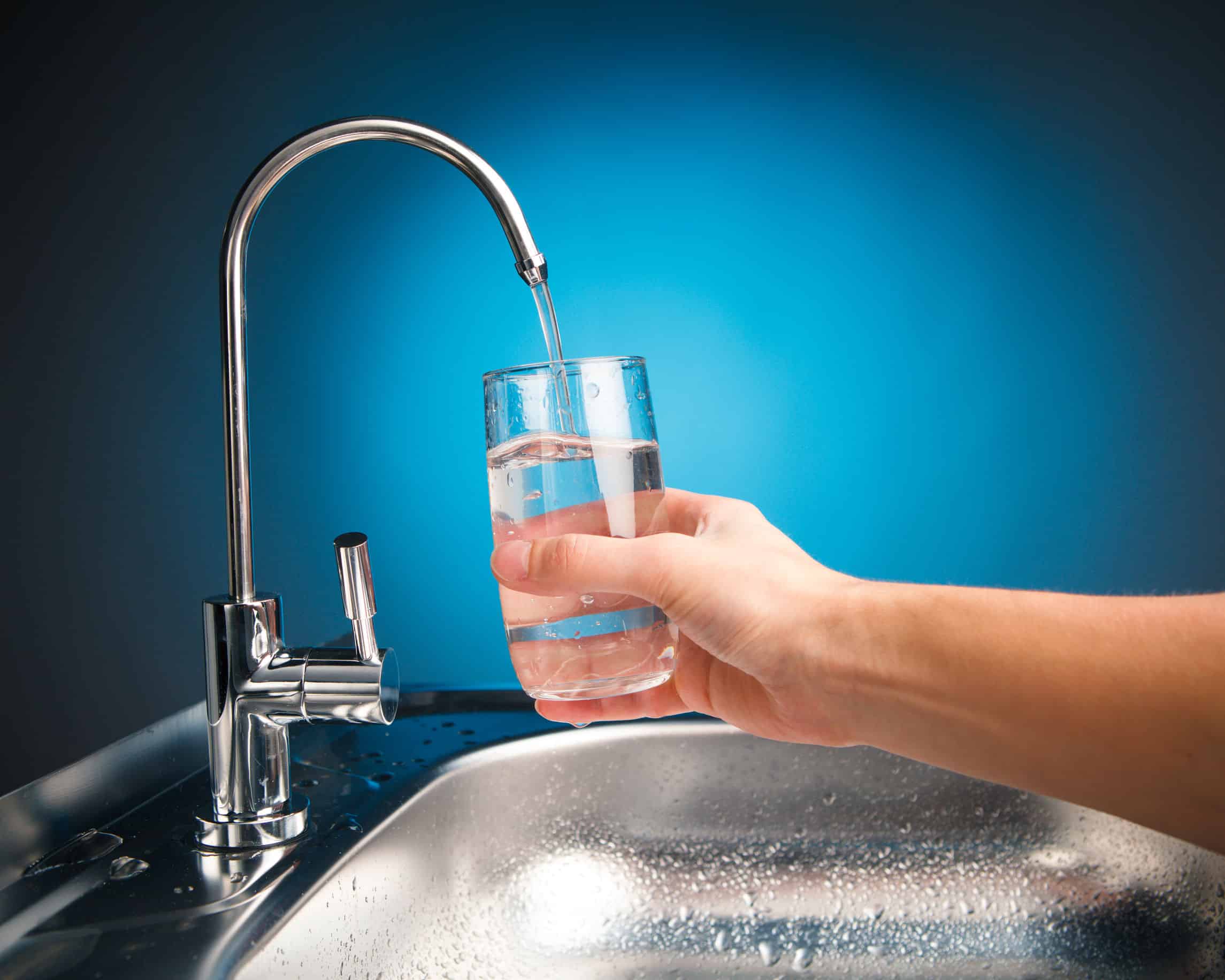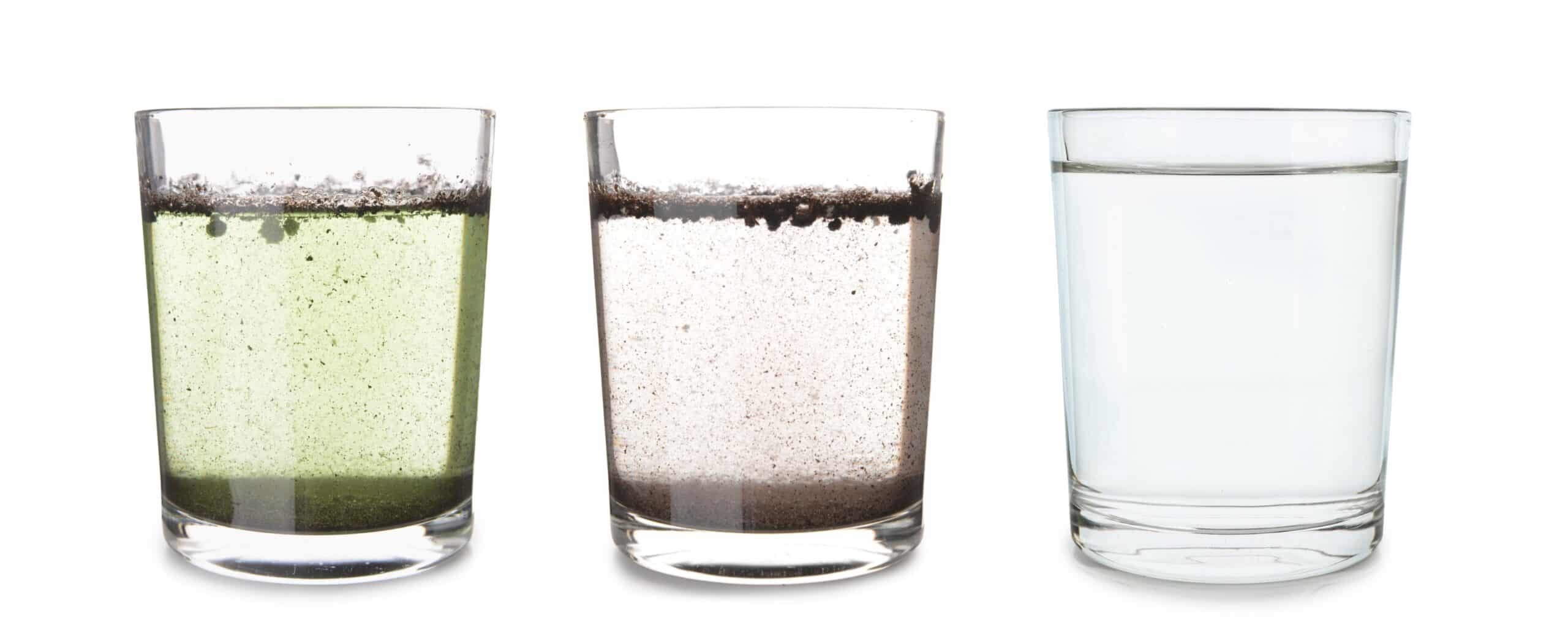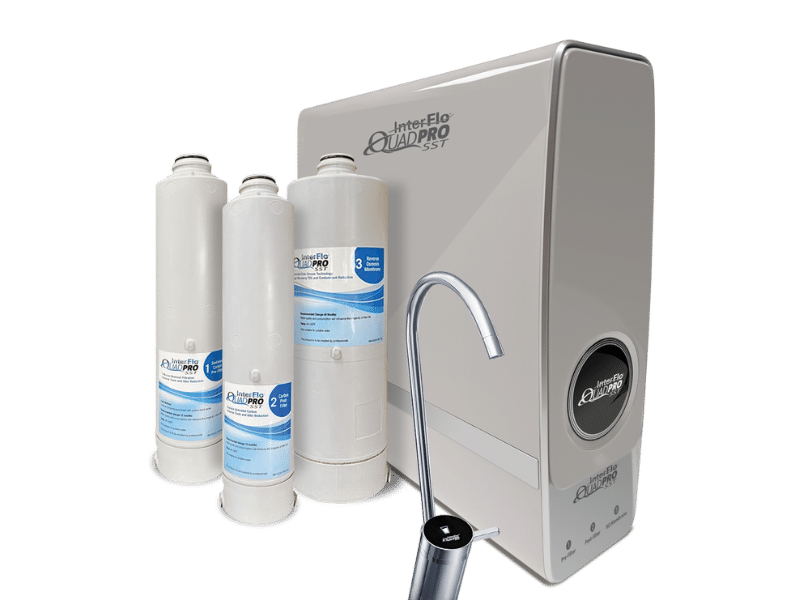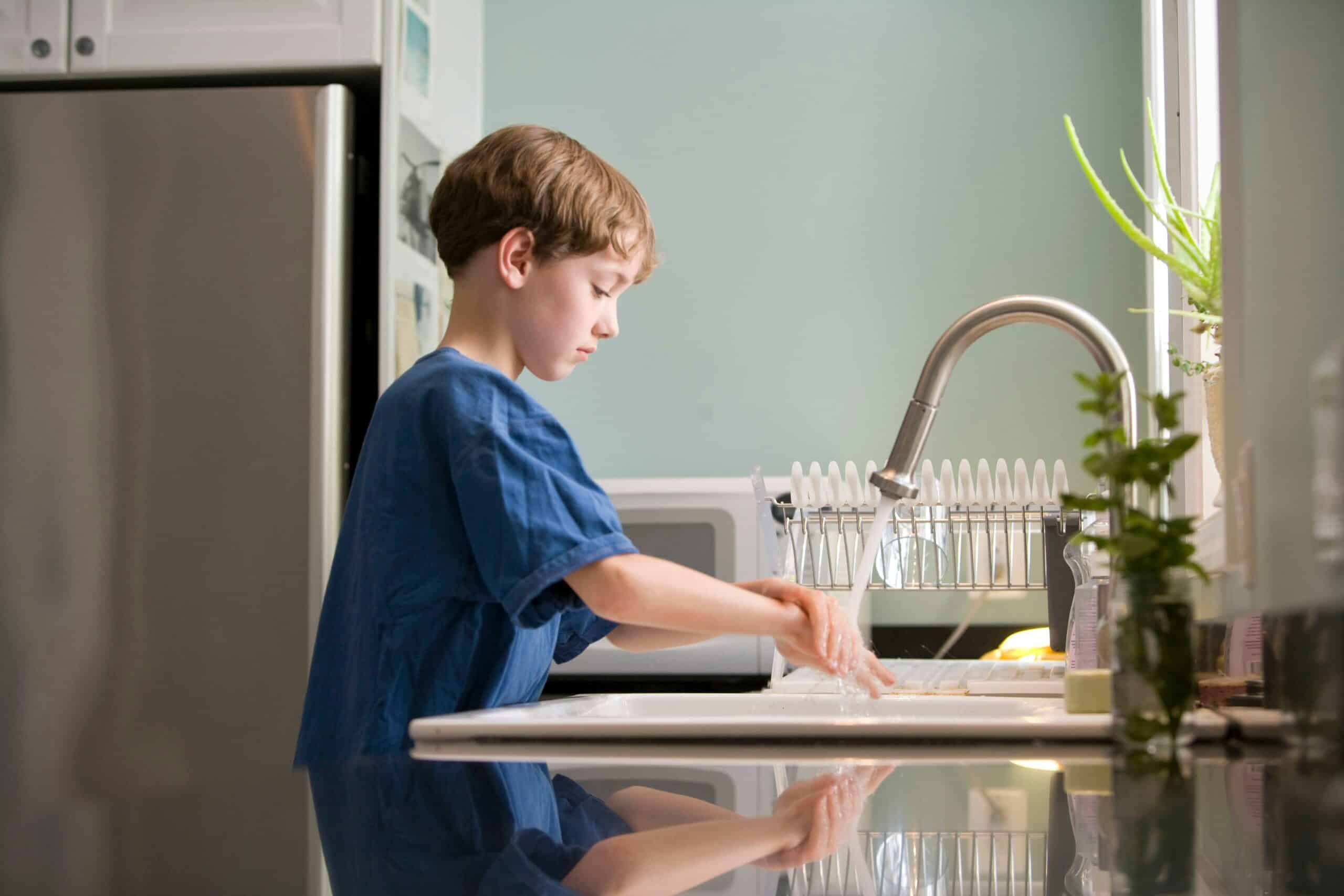Water quality is a critical concern for residents all across New York State. Since water is one of the most essential things our bodies need, the quality of the water we ingest is becoming of great importance and is frequently making headlines today.
While NYC’s tap water gets a lot of attention, what about the 6.2 million residents of Upstate New York?
This blog examines where Upstate New York’s tap water comes from, its treatment, potential risks, and how to ensure safe drinking water.
Where Does Upstate New York’s Tap Water Come From?
Upstate New York’s water sources vary by region, from rivers to lakes to wells to reservoirs.
Major watersheds: NY’s Great Lakes, Lake Erie, and Lake Ontario are major water sources for the towns and cities in those regions. Plus, there are the Finger Lakes, Hudson River, Adirondack lakes and reservoirs, plus other smaller reservoirs.
Many small towns and rural areas rely on unsung groundwater wells, especially if they are located a distance from a river, well, or lake.
The vast rural areas of Upstate New York have no access to public water sources and therefore rely on private wells. These have no state oversight, so homeowners must test their own water.
How Is Tap Water Treated in Upstate New York?
- Public water supplies:
- Bacteria is the most regulated safety issue; therefore, most public water supplies are treated with chlorine, ultraviolet, or even ozone to ensure safety from bacteria.
- In many cases, the water is also filtered for sediment from the source to ensure that the water is aesthetically appealing.
- Many municipalities also treat their water with fluoride.
- In many cases, individual water treatment plants filter for various contaminants that are regulated by the Department of Environmental Protection (EPA) and the NYS Department of Health.
- Private well water:
- Since private wells have no mandatory treatment, contamination risks are higher.
- Homeowners are responsible for testing and treating their water, whether for bacteria or other contaminants.
Common Contaminants in New York’s Tap Water
- Lead: This notorious substance is most often found in older homes with lead pipes or fixtures. It can also be found in water mains or service lines in some public water supplies, although such mains and lines are in many cases looked at being updated, especially if it is the public water system property.
- PFAS (forever chemicals): Some high-level places where PFAS were detected is locations like Hoosick Falls, Newburgh, etc. However, according to the Environmental Working Group, “an estimated 189 New York drinking water systems, serving over 1.3 million people, have had PFOA and PFOS at levels ranging from 4 ppt and 10 ppt between 2023 and 2024.”
- Nitrates: This substance may be a concern in agricultural areas due to fertilizer runoff. Since nitrates are highly regulated in public water systems, the most common problems are in private well sources.
- Disinfection byproducts: Chlorine treatment, the most common disinfectant used in public water supplies, often produces disinfection by-products like trihalomethanes (THMs) and Haloacetic acids (HAAs) linked to potential health risks. Some prominent public water systems have had disinfection by-product levels above the regulated limits.
- Bacteria & microorganisms: Since bacteria are the most regulated substance in public water, there is little risk for bacterial concern in these cases, unless your public water system is known for aging infrastructure or poor maintenance. Bacteria can be a real issue for private wells, especially shallow wells, or water sources near surface water.
- Salt contamination: Road salt runoff affects wells and municipal water in some Upstate NY towns. Even some deep wells find groundwater sources that have high salt levels naturally.
How Safe Is Tap Water in Upstate New York?
- Most public water supplies meet EPA standards, but challenges exist. For example, many people may not be aware if their public water has over-the-limit levels of disinfection by-products, since the amount of publicity required for those violations is not as great as a boil water alert from bacteria contamination.
- Rural and small-town water systems may lack resources for advanced filtration, which is needed to tackle emerging contaminants.
- Water quality varies widely based on location and infrastructure. For example, one neighborhood in a town may have lead issues from old pipes, while a more modern neighborhood adjoining it may have no problems with lead.
- Public opinions vary on perceived issues. For example, local safety activists may blow a potential problem out of proportion, while other officials may downplay the threats more than they should, leaving end users confused
Bottled Water vs. Tap Water: Which Is Safer?
Many bottled water brands come from municipal sources and are simply purified using popular reverse osmosis technology, then bottled and sold.
In fact, bottled water does not follow the same rigorous testing as public water, because bottled water is regulated by the FDA, compared to public water by the EPA and the Clean Drinking Water Act.
Micro- and nano-plastic particles found inside bottled water are another area of emerging scrutiny.
Even the plastic waste from used plastic bottles is a major concern; in-house filter systems may be a better option.
Filtering your tap water onsite, rather than relying on bottled water, may be the best long-term solution.
How to Ensure Your Tap Water Is Safe
- Check your local water report (provided annually by public water utilities).
- Test well water annually for bacteria, nitrates, and contaminants.
- Use a water filter, such as a drinking water reverse osmosis system, if concerned about lead, PFAS, or chlorine byproducts.
- Flush your tap for 30 seconds before usage if your home has older plumbing.
- Be aware of local water issues (e.g., such as PFAS contamination sites, high disinfection by-products, local lead problems, and other public water non-compliance issues).
Conclusion: Is Upstate New York’s Tap Water Safe to Drink?
Here’s the final take on the burning question of whether or not Upstate New York’s tap water is safe to drink: Don’t stick your head in the sand, but there is also no need for developing aquaphobia. In other words, be aware, but act wisely. Don’t be fearful.
Public water in most of NY’s public water systems meets safety standards. However, do be aware that risks exist. Keep tabs on the local municipal water reports, understand the probabilities of potential contamination, and be prepared to take action with your own water testing or water purification.
Private well owners need to take extra precautions. Shallow wells are especially volatile and may require even more frequent testing than deeper wells, if no treatment system is installed.
Be aware that water filtration and purification systems are an affordable and effective option for conditioning your home’s water, whether publicly or privately sourced. Systems are available to tackle various contaminants, and can be configured from a whole-house level to a more specific point-of-use system installed for drinking water.
Interested in learning more about our water testing and water filtration options?
Contact Aquanology Water Conditioning & Filtration for a free consultation.
